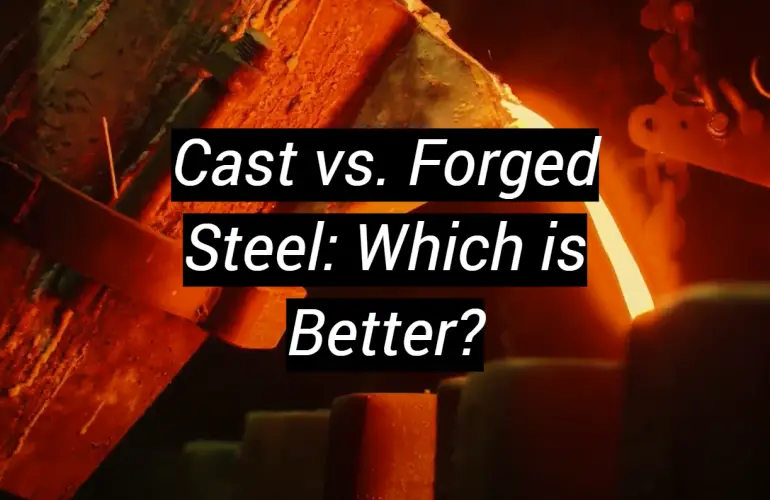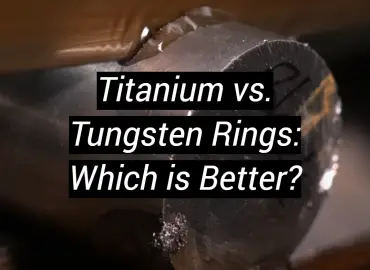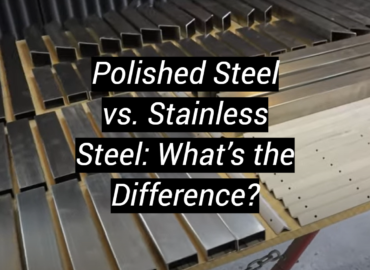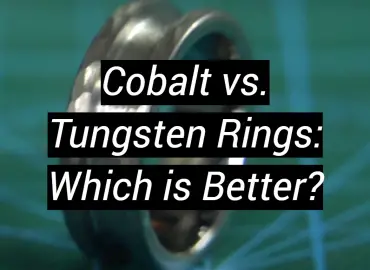The materials you use for construction can affect how long the project lasts and how good it looks. Steel is a popular material for both houses and businesses because it is strong and versatile.
But there are different kinds of steel. Some are cast and some are forged. Which one should you use?
In this blog post, we’ll look at both options in detail so that you can make an informed decision about which type of steel will work best for your particular needs!
Forging Steel
Forged steel is made by heating up solid steel until it is very hot. Then, it is hammered or pressed into shape. This process makes a stronger and more durable product than cast steel.
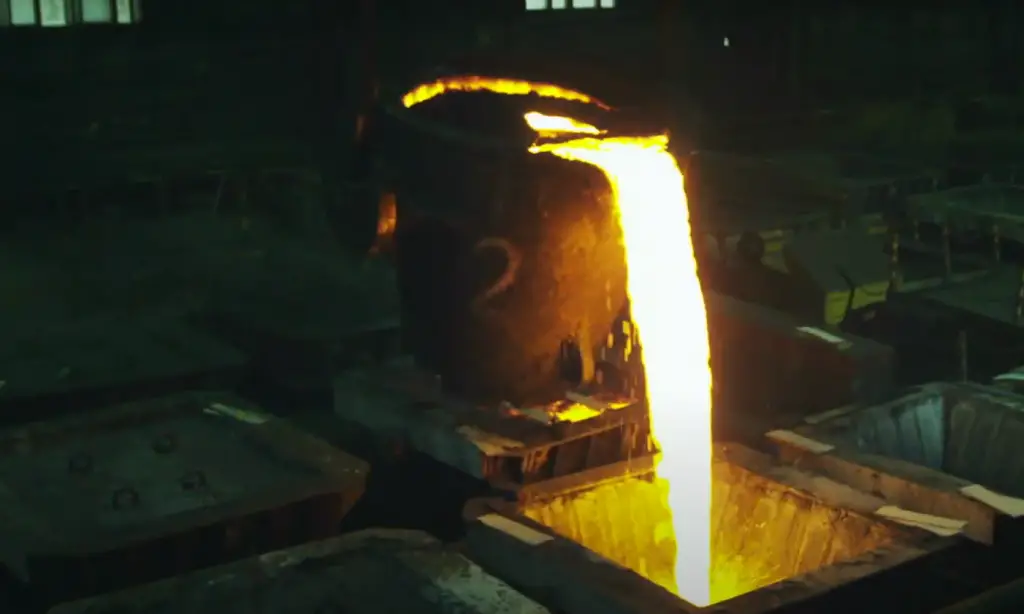
Forging is usually done with large machines that can handle heavy projects like bridges and industrial buildings.
The advantage of using forged steel is that it can be designed for specific purposes, such as extra strength or flexibility. Forged steel also lasts longer than cast steel, making it ideal for long-term projects where reliability is essential.
Advantages of Forging Steel
- Stronger: Forging steel is much stronger than cast steel, so it can handle tougher projects that require more strength and durability.
- Durable: Since forging makes the steel more durable, it can last longer even in harsh conditions or when exposed to regular wear and tear.
- Versatile: Forged steel can be designed for specific purposes, such as flexibility or extra strength. This makes it a great choice for projects that require special features or unique performance characteristics.
Disadvantages of Forging Steel
- Expensive: Forging steel is much more expensive than cast steel, so it’s not always a feasible option for smaller projects or those with tight budgets.
- Time Consuming: The forging process takes longer than casting, which can mean delays in project completion.
- Limited Design Options: Since the forging process requires large machines and must be done in a factory setting, it can be difficult to create custom shapes or intricate designs. [1]
Forging Process
The forging process begins by heating up solid steel until it is very hot. Then, the steel is hammered or pressed into shape using large presses or heavy hammers.
This process helps to compress and strengthen the steel, making it stronger and more durable than cast steel.
Types of Steel Forging
Closed-Die Forging
Closed-die forging is a process that involves creating a shape by pressing a heated steel blank into two matching dies. This type of forging is typically used for producing components with complex shapes, such as gears and screws.
Open-Die Forging
Open-die forging is like closed-die forging, but the steel blank is pressed into one die. This is usually used for bigger parts, like beams and bars. It does not need to be as exact as closed-die forging.
Open-Die Vs. Closed-Die Forging
Open-die forging is faster than closed-die forging, but it doesn’t create as exact of a shape. Closed-die forging takes longer, but the parts will be more precise and have better strength. [2]
Casting Steel
Cast steel is made by pouring molten steel into a mould. The steel cools and becomes the shape in the mould. This process can be done in different ways, depending on what kind of shape we want the steel to be.

Unlike forging, cast steel does not require as much force or heat to create shapes. It is often used for smaller projects like railings or furniture because it is cheaper and takes less time than forging.
Advantages of Casting Steel
- Quicker: The casting process is much faster than forging, so it’s ideal for projects that need to be completed quickly.
- Cost-Effective: Casting steel is cheaper than forged steel, making it a great option for smaller projects or those with tight budgets.
- Simple Designs: Since the process is simpler, it’s easier to create more intricate designs and shapes that would be difficult to make with forged steel.
Disadvantages of Casting Steel
- Low Quality: Cast steel is not as strong or durable as forged steel, so it might not be suitable for long-term projects or heavy-duty applications.
- Limited Strength: Cast steel cannot handle as much force or stress as forged steel, so it’s not a good choice for projects that need high levels of strength.
- Prone to Cracks: Since cast steel is not as strong and durable, it can be prone to cracks, which can lead to failure or breakage.
Casting Process
The casting process starts with pouring molten steel into a mould. The steel takes the shape of the mould and then quickly cools to form solid steel components that can be used right away.
With casting, no force is required like it is with forging. This makes it easier to create intricate designs and shapes that would be hard to make with forged steel.
Sand Casting
Sand casting is one of the most common types of casting. It uses a mould made from sand and other materials, which makes it relatively cheap and easy to create complex shapes.
Investment Casting
Investment casting is used to make more intricate parts that need to be formed with precision.
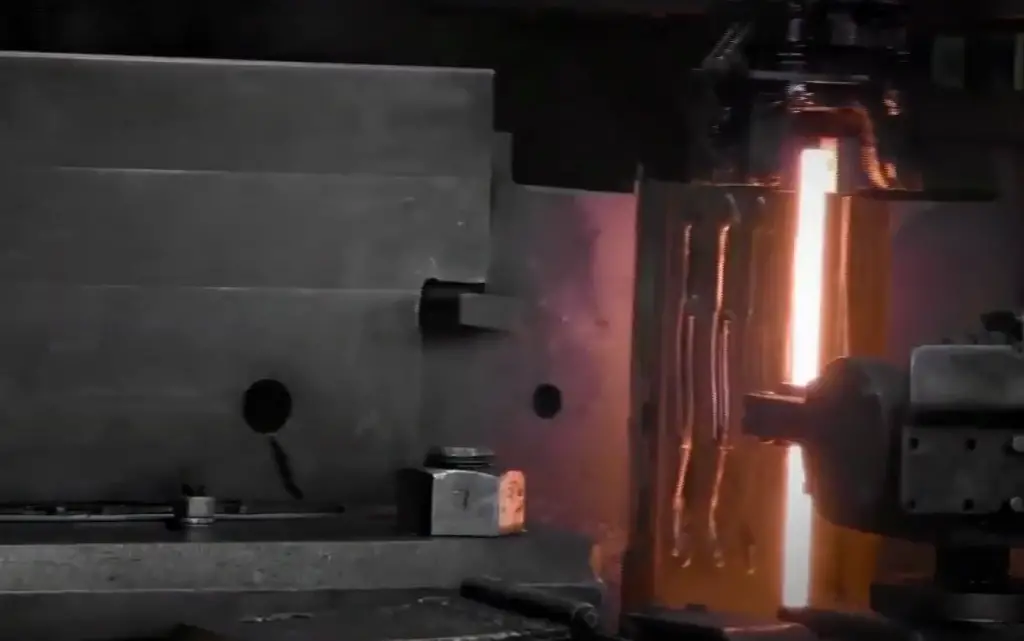
This process involves creating a wax replica of the desired shape and then dipping it in a ceramic slurry.
FAQ
Is forged better than cast?
Forged steel is usually stronger and lasts longer than cast steel. It is also a better choice for projects that need a lot of strength, like big machines or parts for vehicles.
Cast steel costs less money and is easier to use, so it is better for smaller projects like railings or furniture.
What is the difference between casting and forging?
Casting involves pouring molten steel into a mould to form the desired shape. Forging is when the steel is pressed or hammered into shape with force and heat. Forging produces stronger parts, but it takes more time and effort than casting.
Is cast iron better than steel?
Cast iron is usually cheaper than steel, but it is not as strong. Steel is typically stronger and more durable than cast iron, so it is generally a better choice for most applications.
Why is forged metal stronger than cast?
Forged steel is stronger because it has been moulded and pressed into shape with force and heat. This process makes the steel more dense, which increases its strength. Cast steel is not as strong because it does not go through this process.
What is better: forged or cast crankshaft?
Forged crankshafts are usually stronger and more durable than cast crankshafts. So, if you need a lot of strength or your car is for high-performance, then forged crankshafts are a better choice. Cast crankshafts can work in some cases, but they may not last as long.
What is the difference between sand casting and investment casting?
Sand casting is a process that uses a mould made from sand, clay, and other materials to create a shape.
Investment casting is more precise because it uses wax to create an exact replica of the desired shape before dipping it in ceramic slurry. This gives you higher quality parts with better precision and detail than sand casting.
Why is forging more expensive than casting?
Forging is more expensive because it involves pressing and hammering the steel into shape with force and heat. This process takes a lot of time and effort, which makes it more expensive than casting where you just pour the molten metal into a mould.
Why are forged irons better than cast?
Forged irons are usually stronger than cast irons. They last longer too. This is because they have been moulded with force, which gives them a denser, more durable structure.
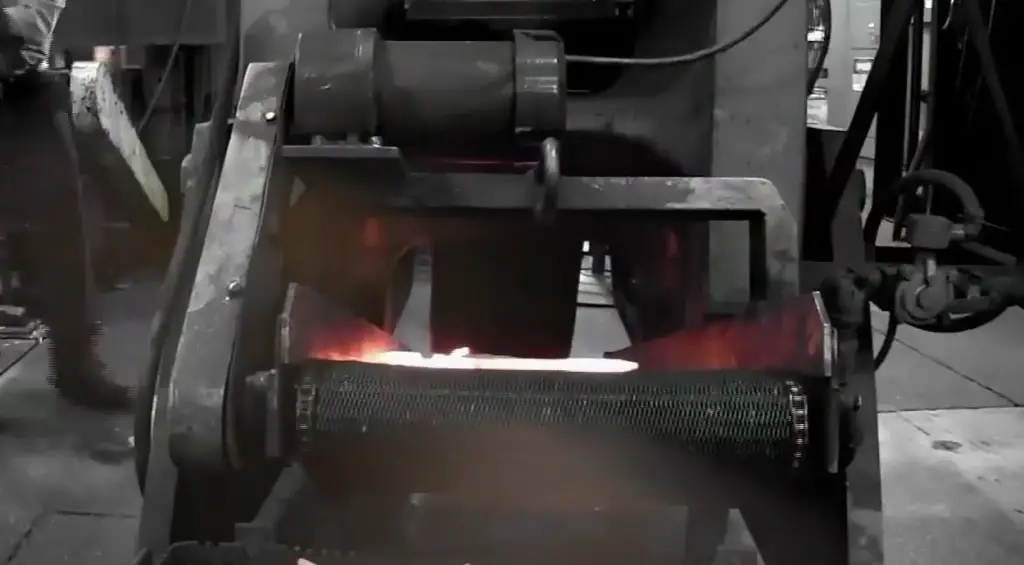
Cast irons may be cheaper but they are not as strong and can wear down faster over time.
What is the difference between forged and cast?
Forging is when the steel is hammered or pressed into shape with force and heat. This makes it stronger than cast steel. Cast steel is just poured into a mould.
Forged steel usually costs more, but it lasts longer and can do more powerful projects. Cast steel is cheaper and easier to use, so it is better for smaller projects.
What are the advantages and disadvantages of cast steel?
The main advantage of cast steel is that it is cheap and easy to create complex shapes. However, it is not as strong or durable as forged steel.
It also takes longer for the molten metal to cool in a mould than when it is forged, which can lead to more imperfections in the finish. Cast steel is best for small projects that don’t need a lot of strength.
Why is forged alloy steel often used?
Forged alloy steel is stronger than other types of steel. It is also cheaper to produce. This makes it a good choice for projects that need a lot of strength. It also does not corrode as easily as other types of steel, which makes it useful in many applications.
How do you identify forged steel?
Forged steel is made by hitting it with a hammer and pressing it. This makes the texture of the steel rougher than cast steel. There may also be lines from where it was welded or other signs that show it is forged steel.
You can also look for the manufacturer’s mark or other markings that indicate it is forged steel.
Why is cast steel not as strong?
Cast steel is not as strong as forged steel because it does not go through the same process of being hammered and pressed. This means that it has less density, which makes it weaker than forged steel.
Cast steel is still useful in some applications, but it may not last as long or be able to handle heavy loads.
Does forged steel rust?
Forged steel can still get rusty, but it is harder for it to happen. This is because it is more dense and has a smoother finish.
There are also fewer places for water to get in and cause rusting. To help prevent rusting, you should cover forged steel with a substance that resists corrosion.
Do cast crankshafts work?
Crankshaft might work for some things, but they will not last as long as other types. This is because they are less dense and have a rougher finish than forged steel.
They also do not go through the same process of being hammered and pressed, which makes them weaker overall. For projects that require a lot of strength, you should use forged crankshafts instead.
Is cast iron stronger than forged steel?
No, cast iron is not as strong as forged steel. Cast iron is made by pouring molten metal into a mold, which makes it weaker than forged steel.
Forged steel is hammered and pressed with force and heat, which makes it stronger and more durable. For projects that require a lot of strength, you should use forged steel instead.
Are there any other benefits to using forged steel?
Forged steel is strong and does not rust easily, so it can be used for things that need to be strong and also protected from the weather. Forged steel also has a smoother finish, which makes it look nicer and easier to clean than cast iron.
When should you use cast steel?
Cast steel is cheaper than forged steel and it is easier to work with. It is good for small projects that don’t need a lot of strength.
Examples of projects you can use cast steel for are decorative pieces or accessories because you can create complex shapes and designs. If you have a larger project that needs more strength, then you should use forged steel instead.
Does cast steel corrode?
Yes, cast steel can corrode, or rust, if it gets wet. To help prevent corrosion, you should coat it with a substance that resists corrosion or use stainless steel instead. You can also paint it and seal it to keep moisture out and protect the surface from rusting.
Do forged crankshafts last longer?
Forged crankshafts are stronger and more durable than cast crankshafts. The forging process hammers and presses the steel with force and heat, which makes it denser and more resistant to wear and tear.
Forged crankshafts are also smoother than cast crankshafts, which helps reduce friction and make them last longer.
What is the best material to use for strength?
Forged steel is the best material to use if you need a lot of strength. The forging process creates a denser metal that is resistant to wear and tear. It also has a smooth finish, which helps reduce friction, making it last longer and perform better.
How can I make sure my project is safe?
For projects that require a lot of strength and durability, you should use forged steel. Cast steel can be used for decorations or accessories that will have less stress on them.

You should also coat any metal in a substance that resists corrosion and paint or seal it to prevent rusting. Finally, always read the instructions carefully and follow safety protocols when working with metals.
Why is forged steel better than cast steel?
Forged steel is stronger and more durable than cast steel. It goes through a process of being hammered and pressed with force and heat, which makes it denser, smoother, and less prone to rusting.
It also costs less than other types of steel, making it the best option for projects that require a lot of strength.
Can cast steel be used for decorative pieces?
Yes, cast steel can be used for decorative pieces. Since it is weaker than forged steel, it is best used where strength isn’t a concern.
Cast steel is also easier to work with and less expensive than other types of metal, so it is the perfect choice if you are looking to save money. Just make sure to coat it with a substance that resists corrosion and paint or seal it to prevent rusting.
When should I use stainless steel?
Stainless steel is a good material to use when you need something that won’t corrode.
It is also stronger than other types of steel and can withstand more stress, making it a great choice for projects that require strength but don’t need the same level of strength as forged steel.
Stainless steel can also be more expensive than other types of steel, so it might not be the best choice if you are trying to save money.
Useful Video: FAQ Friday — Cast steel vs. Forged steel
Conclusion
In the end, it’s up to you to decide which type of steel is better for your needs. Forged steel is more resistant to wear and tear, but cast steel is less expensive. If you need a durable piece of equipment that will withstand a lot of use, forged steel is the way to go.
However, if you are on a budget and cost is a primary concern, cast steel may be the better option.
References:
- https://makeitfrommetal.com/cast-vs-forged-steel-which-is-better/
- https://blog.projectmaterials.com/valves/forging-steel-casting/

